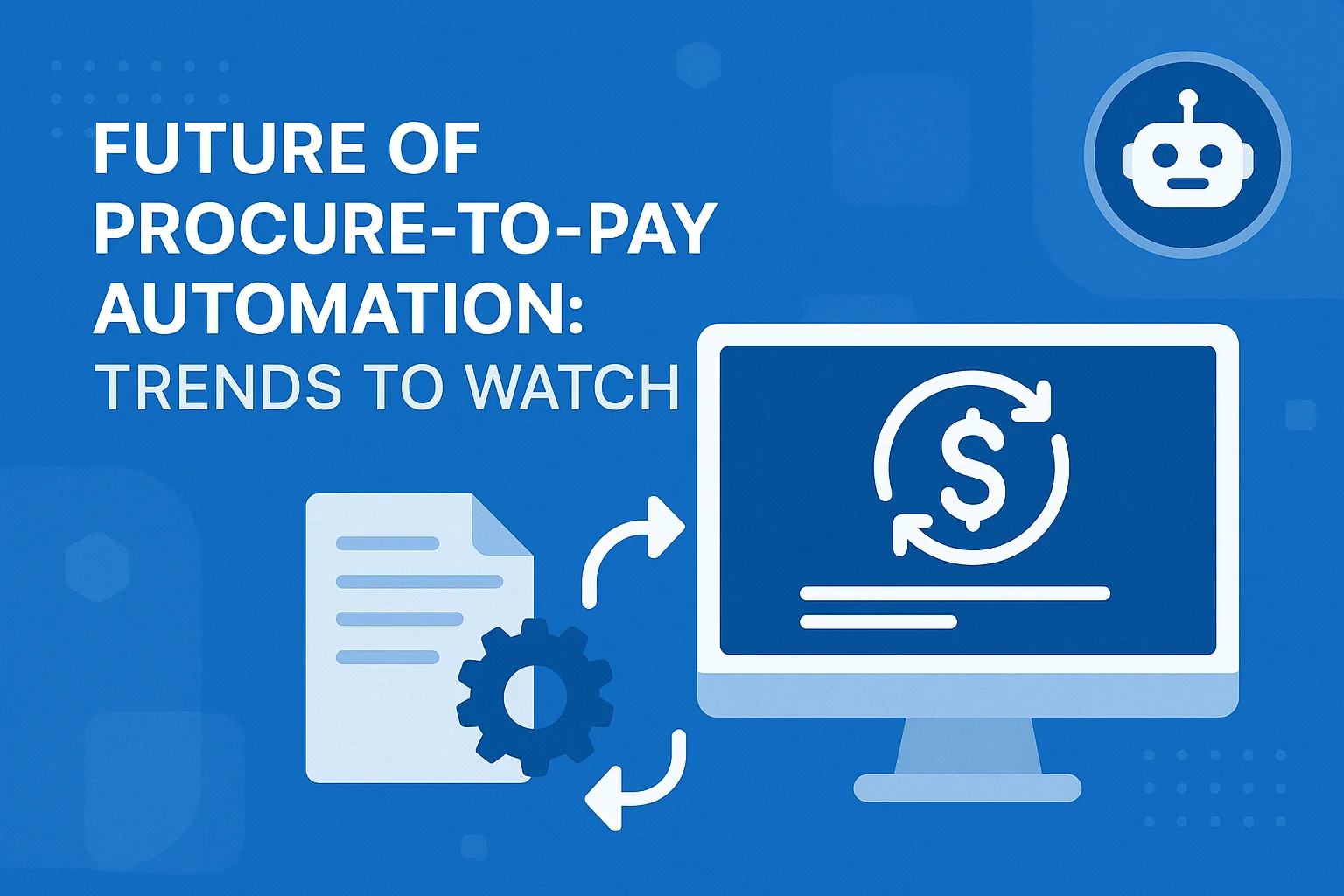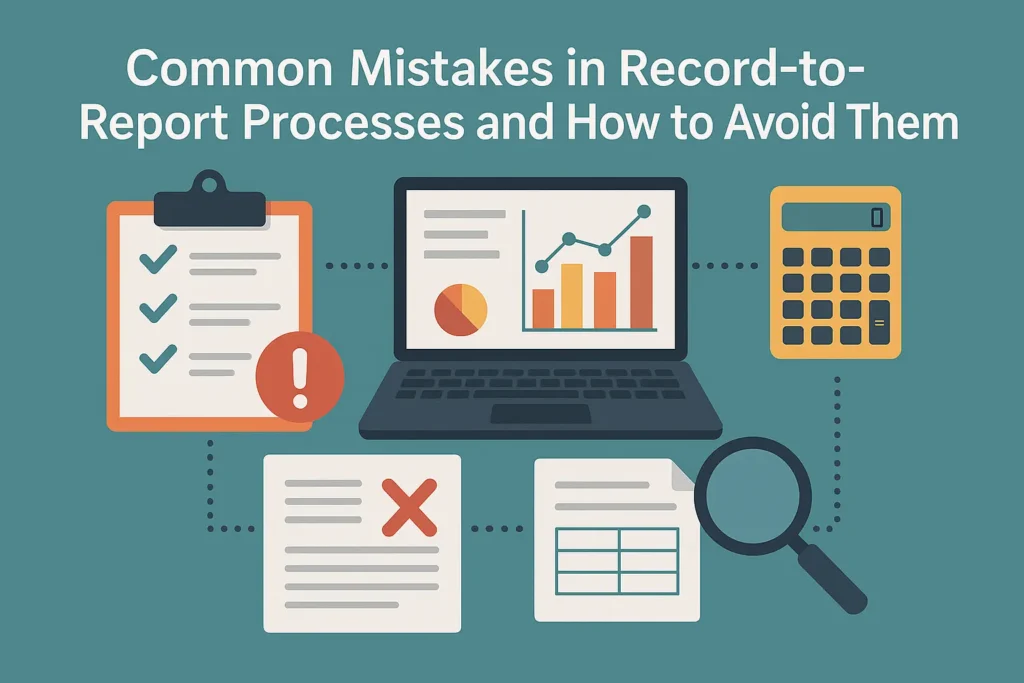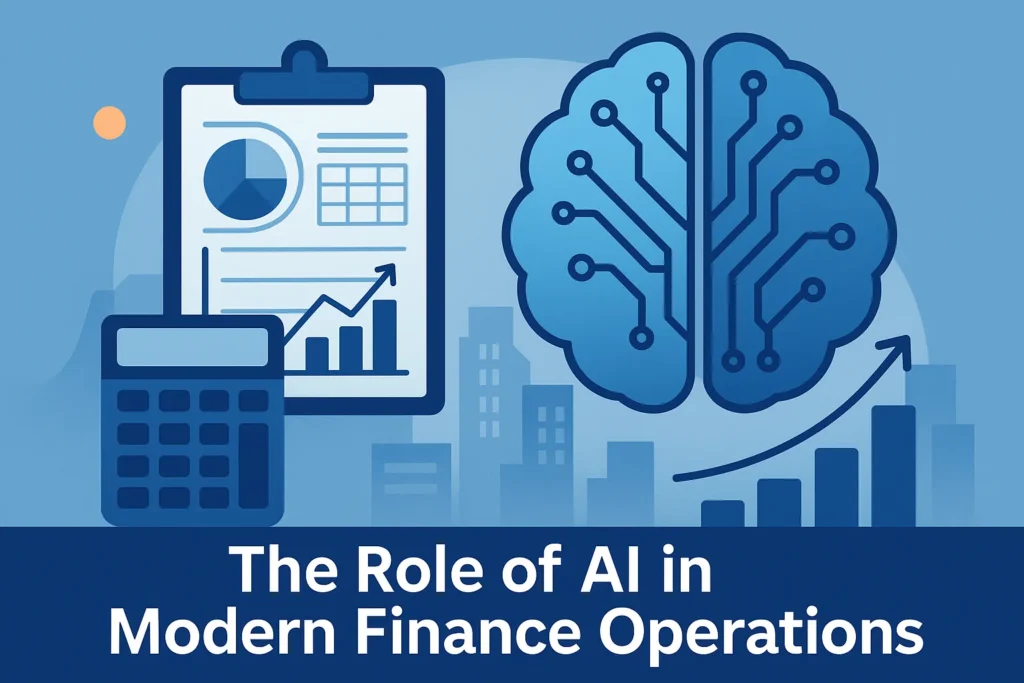The procure-to-pay (P2P) function is the backbone of efficient finance operations. As technology evolves, automation in P2P is transforming how organizations manage procurement, supplier relationships, and payments. In this article, we’ll explore the top P2P automation trends to watch in the coming years.
Why Automate P2P?
Manual P2P processes are prone to:
- errors
- delayed approvals
- maverick spending
- lack of visibility
Automation addresses these pain points and enables data-driven, scalable finance operations.
Top Trends in P2P Automation
1
Artificial Intelligence & Machine Learning
AI is helping companies predict spend patterns, automate approvals, and identify fraudulent invoices.
2
Robotic Process Automation (RPA)
Bots can handle routine, rules-based tasks in P2P, freeing up staff for more strategic roles.
3
E-invoicing & Paperless Transactions
Electronic invoicing continues to replace manual, paper-based workflows for speed and sustainability.
4
Supplier Portals
Self-service supplier portals enable easier onboarding, document exchange, and dispute resolution.
5
Cloud-Based Platforms
Cloud solutions are providing real-time visibility, faster implementation, and better scalability.
6
Advanced Analytics
P2P platforms are adding dashboards and predictive analytics to help finance teams make smarter decisions.
7
Cybersecurity Enhancements
As more P2P moves online, stronger cybersecurity frameworks are critical to protect transactions.
Benefits of Embracing These Trends
- Faster procurement cycles
- Lower costs
- Fewer errors
- Stronger supplier relationships
- Better compliance
Conclusion
P2P automation is no longer optional — it is a competitive advantage. Businesses that adopt these technologies early will be better positioned to drive efficiency, cost savings, and agility.



